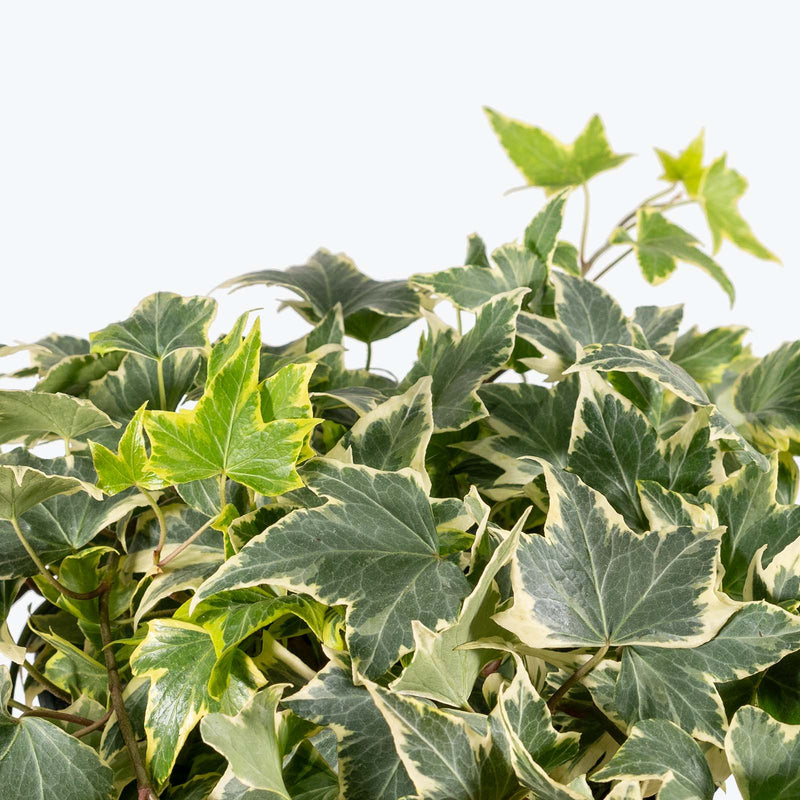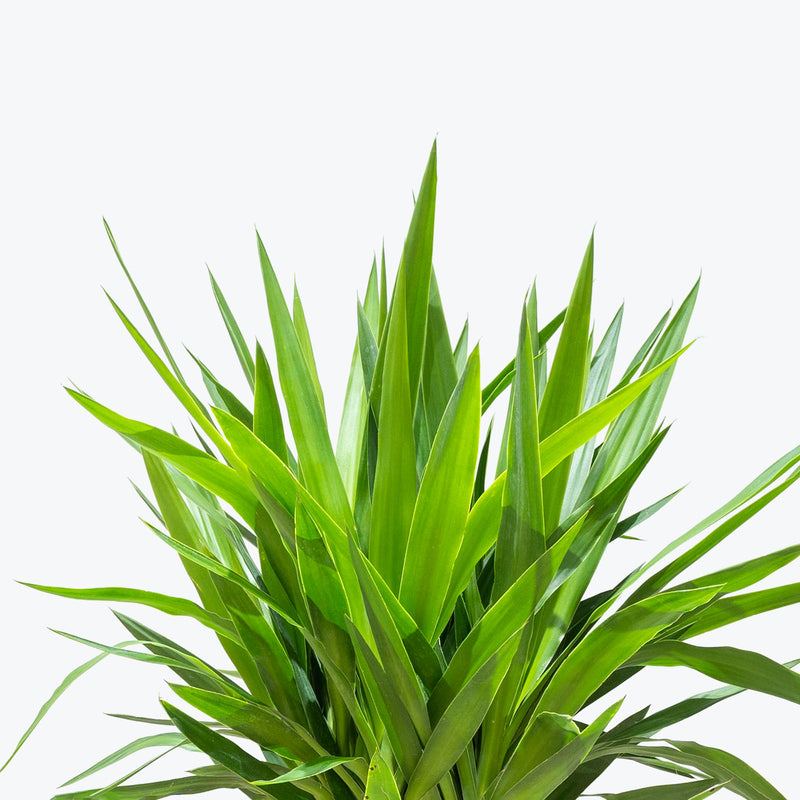Glossary
Plant Care Library
Y
Yellow Ripple Ivy

How to care for Yellow Ripple Ivy
Yellow Ripple Ivy enjoys some direct sun, but they'll also do well in bright, indirect light. It is best to place this plant somewhere where it will receive some nice morning sun, or a couple hours of afternoon sun, and then indirect light the rest of the day.
Yellow Ripple Ivy will do well in medium light but will grow faster with brighter light. A good medium-light place in your home would be in the middle of a room that has a regular size window. Remember that plants will grow based on how much light they receive.
Yellow Ripple Ivy needs to be watered when the top half of the soil is dry to the touch. That usually takes about 1 week in an average home environment. It will vary depending on the time of year, your environment and lighting conditions, but it's always safer to underwater or give the soil a check before you water again. Expect to water more often in brighter light and less often in lower light.
Yellow Ripple Ivy can live in any average home humidity condition and are fairly hardy.
Prune Yellow Ripple Ivy regularly to maintain shape and promote fuller growth. If kept indoors as a houseplant, occasionally dust the leaves to keep them clean and healthy. Be cautious with cold drafts and extreme temperatures.
Yellow Ripple Ivy is moderately toxic and can cause some adverse reactions when ingested so it is best to not let your pets eat it, which we advise for all plants in general. The severity of the reaction will depend on how much of the plant is ingested but, if you know your pet typically does not eat your plants, this plant will be suitable for your home..
View PlantYucca Cane

How to care for Yucca Cane
Yucca Cane should not be in a position to see the sun directly, although early morning or late evening sun is fine. Filtered sunlight through a sheer curtain is best and most homes are comprised primarily of indirect sunlight. The best spot for them is where they do not see the sun during the majority of the day but still get bright, indirect light.
Yucca Cane will do well in medium light but will grow faster with brighter light. A good medium-light place in your home would be in the middle of a room that has a regular size window. Remember that plants will grow based on how much light they receive.
Yucca Cane likes the soil to be relatively dry before the next watering. That usually takes about 2 weeks in an average home environment. It will vary depending on the time of year, your environment and lighting conditions, but for them, it's always safer to underwater or water when you see signs of lack of water (i.e. droopy, floppy, or soft leaves). Expect to water more often in brighter light and less often in lower light.
Yucca Cane can live in any average home humidity condition and are fairly hardy.
Fertilize your Yucca Cane once a year in the spring with liquid fertilizer. We recommend to dilute the fertilizer to half of the recommended strength and only apply to damp soil. If the plant becomes too tall, you can prune the top to encourage new growth from the sides. Be careful when handling, as the leaves can have sharp edges.
Yucca Cane is moderately toxic and can cause some adverse reactions when ingested so it is best to not let your pets eat it, which we advise for all plants in general. The severity of the reaction will depend on how much of the plant is ingested but, if you know your pet typically does not eat your plants, this plant will be suitable for your home..
View Plant



